Gluten Free Artisan Bread
Ingredients
- 3 cups3 cups3 cups Kim's Gluten Free Bread Flour Blend (click for recipe), (420 g)
- 1.5 tsp1.5 tsp1.5 tsp Xanthan Gum, (in addition to what's already in the blend))

- 1 Tbsp1 Tbsp1 Tbsp whole Psyllium Husk, (5g; or 1 1/2 tsp psyllium husk powder)
- 1 Tbsp1 Tbsp1 Tbsp Quick Rise Yeast, (9g)

- 1 tsp1 tsp1 tsp Kosher Salt

- 1.75 cups1.75 cups1.75 cups Water, (420ml)
- 2 Tbsp2 Tbsp2 Tbsp Extra Virgin Olive Oil, (26ml)

- 1 Tbsp1 Tbsp1 Tbsp Honey, (21 g)

Process
- In the bowl of a stand mixer fitted with the dough hook, add all dry ingredients and whisk using a handheld wire whisk. Add the honey, olive oil, and water. Place on mixer and mix briefly to incorporate. Turn the mixer up to medium high and knead for 5 minutes. Remove the dough hook and scrape the dough into a cohesive mass using a plastic dough scraper or a rubber spatula (or scrape into another bowl). Cover and place the bowl in a warm, draft-free area and allow it to rise (proof) for 1-2 hours, or until doubled in volume.
- Refrigerate for at least 6 hours, preferably overnight, but up to 10 days.
- On baking day, remove the dough from refrigerator and dump it out onto well-floured surface. Knead until fairly smooth, adding more flour as necessary. If not using the psyllium husks, it will be a somewhat sticky dough so keep a small bowl of flour on hand to sprinkle the dough and/or surface with extra flour.
- To shape into a boule, simply form into a round ball, pulling the dough up and under the ball and pinching on the bottom. Place on parchment paper. To shape into a baguette, smooth the dough and roll into a rope shape, tapering it at the ends, adding more flour as necessary. Roll out as thick or thin as you'd like and as long as you're able to fit in your oven (make sure it will fit on your pizza steel or stone). Place it on a sheet of parchment paper.
- Place the loaf or loaves, covered loosely with plastic wrap, in a warm, draft-free area to rise until visibly puffed and slightly larger, but not doubled in size, about 1/2 to 1 hour. This time will vary depending on the warmth of your proofing area.
- BAKING STEEL OR STONE METHOD: Set up your oven for baking. Place a baking steel or stone (or overturned baking sheet) onto the middle rack with a shallow pan on a rack underneath. Preheat the oven to 450˚F.
- DUTCH OVEN METHOD: Place a Dutch oven with a tight-fitting lid into the oven and preheat it to 500˚F. You won't need the shallow pan with steam as enough steam will be created in the Dutch oven once the bread goes in. NOTE: This will only work with boules or loaves that can fit into the Dutch oven. If you're making a longer batard or baguette, you'll need to use the first method.
- When the dough has finished rising and is visibly puffed, run a serrated knife under hot tap water and cut slits in the dough swiftly but uniformly, about 1/2-3/4 inch deep.
- BAKING STEEL OR STONE METHOD: Fill a measuring cup with one cup of very hot water (from the tap is fine). Using a pizza peel (paddle), slide the loaf (or loaves) onto the baking steel (or stone), parchment and all. Immediately pour the cup of very hot tap water into the shallow pan. Quickly shut the oven door.
- DUTCH OVEN METHOD: Remove the lid carefully and carefully lower the dough, parchment and all, into the Dutch oven. Replace the lid and shut the oven door. Immediately reduce the temperature down to 450˚F.
- BAKING STEEL OR STONE METHOD: Bake for about 30 minutes for baguettes, or about 40 minutes for boules, OR longer for larger boules (some larger boules can take up to an HOUR or more). If the loaves are getting too browned, you can cover them loosely with foil. The loaves will look crusty and done on the outside, but will feel light when picked up. If they feel heavy, they're not done yet. Allow them to bake for another 5-10 minutes and then check again, picking up the loaf with two gloved hands. If they're still feeling heavy, allow them to bake for another 5 minutes and check again.
- DUTCH OVEN METHOD: Bake the bread for 40 minutes with the lid on. Remove the cover and continue to bake for another 20 minutes. Check for doneness by picking up the loaf (with gloved hands). If the loaf feels relatively light for its size, it's done. If it feels at all heavy, it's not done and give it another 5-10 minutes before checking again.
- Remove from the oven and place on a cooling rack. Allow to cool COMPLETELY before cutting (or it will be gummy on the inside).
Notes
The recipe makes about 2-3 loaves of bread, depending on how large or small you make them. You don’t have to make them all in one day. You can leave the rest of the dough in the refrigerator for another day when you want freshly baked bread. You can double or even triple the recipe (if you have a mixer big enough to handle the dough). A double recipe fits well in my 5-quart Kitchenaid artisan mixer. Extra dough may also be frozen. Wrap in plastic wrap and then in foil and place in the freezer for up to 3 months. Thaw in refrigerator overnight and then use as normal. The possibilities are endless with this dough. It can be made into so many different shapes and sizes of loaves and you can shape it in about five minutes a day. You can make pizza with half of it, and bread with the other half! If you only want to make one loaf in a day, only take out the amount of dough you’ll need for that loaf (usually about a softball to grapefruit-sized amount). Again, it depends on the size and shape of loaf you’re making. The dough will last in the refrigerator for about 10 days, fermenting even more (like sourdough) each day. It actually gets better with age 🙂 If you don’t want to use psyllium husks or psyllium husk powder, decrease the amount of water in the recipe to 1 1/2 cups (360 ml). FOR HIGH ALTITUDE BAKING: Per Beth, who lives in Colorado and graciously offered some high altitude baking conversions, “the crust is perfect – crisp without being like a cracker and enjoyable to bite into. The crumb was perfect, and light which is no small feat considering it is gf. I followed Kim’s recipe for the flour blend. I then adjusted the following in the recipe: Yeast: 2.5 tsp + 1/8th tsp (reduced each tsp by 1/8th tsp). Salt: 1.5 tsp (added 1/2 tsp). Water: 1.5 c. + 3 tbsp added 2 tbsp per cup). I followed the rise times and baking directions exactly. I made 2 loaves: one baguette and one boule. I baked them on my baking stone as directions state. My loaves took 2 hours to grow noticeably larger during the rise after being in the refrigerator overnight. I turned the oven on then off, then put the loaves on a wooden cutting board covered with plastic wrap and also a light cloth while rising. I have a family member who has celiacs and I am gluten and dairy intolerant. I used the pea protein, by the way.” ***DISCLAIMER: The reason I created my own flour blends is because I could not obtain the results I wanted with flour blends that were available in stores, online, or from other gluten free bloggers. My recipes have been developed to be used with my own bread flour blend that I created after painstakingly testing for, in some cases, YEARS to develop what I believe to be a superior gluten free bread like no other. If you do not use my gluten free bread flour blend for this recipe, I cannot speak for the results you will obtain. While store bought blends may give you a satisfactory result, they may NOT give you the results intended in my recipe.
Add a Note
My Notes:
About This Recipe
| This is our estimate based on online research. | |
| Calories: | 408 |
| Fat: | 14 g |
| Carbohydrates: | 74 g |
| Protein: | 1 g |
| Cholesterol: | 2 g |
| Sodium: | 592 mg |
| Fiber: | 3 g |
| Sugars: | 8 g |
| Sugar Alcohol: | 0 g |
| Calculated per serving. | |
Never Miss a Bite
Get recipes delivered to your inbox every week
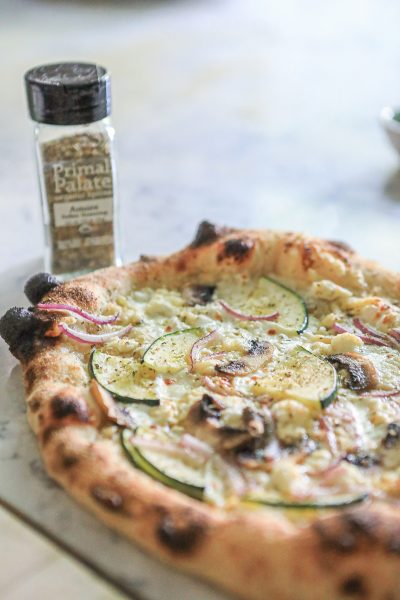

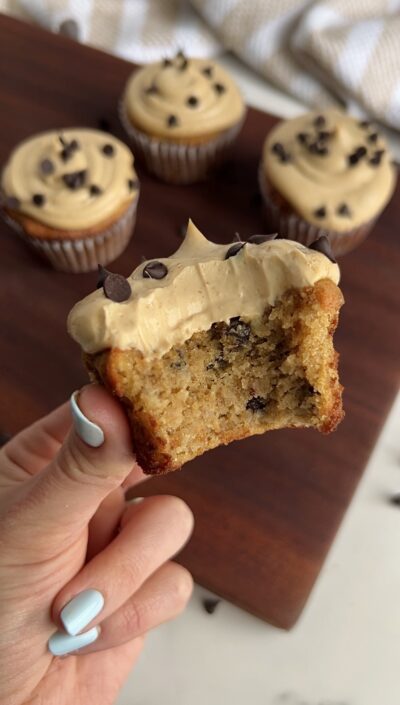

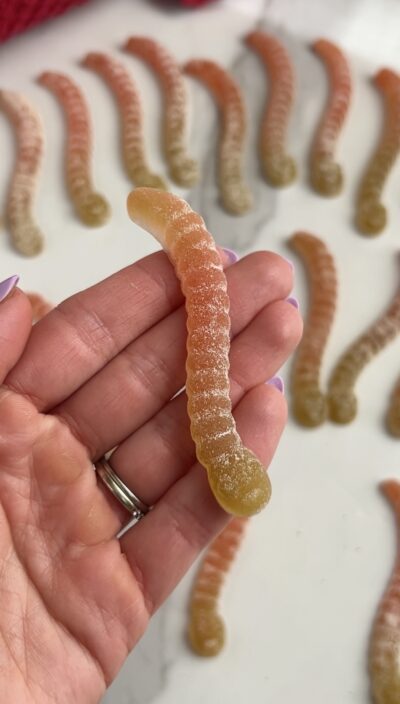
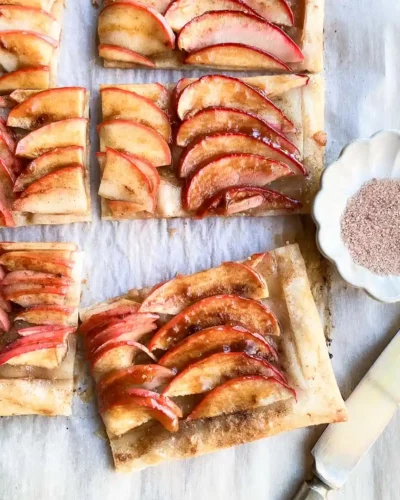
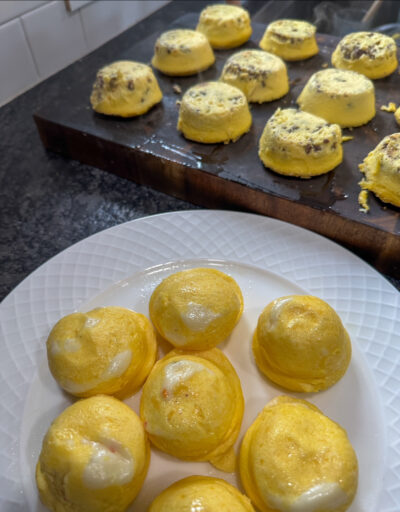
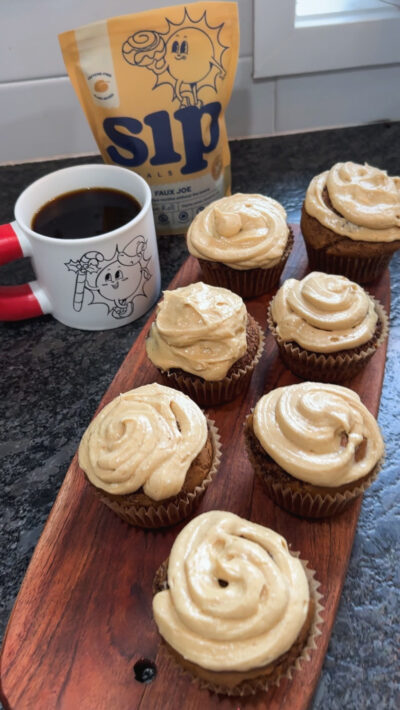

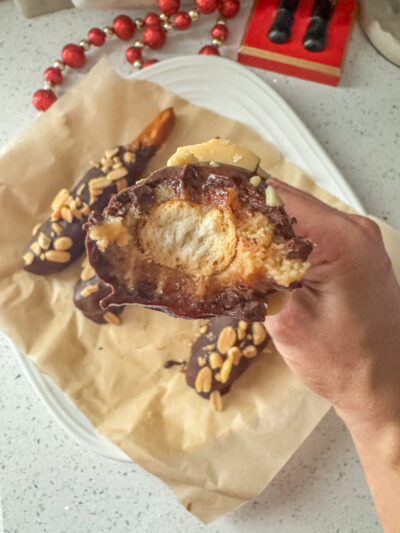
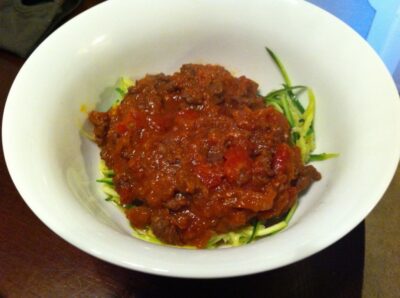
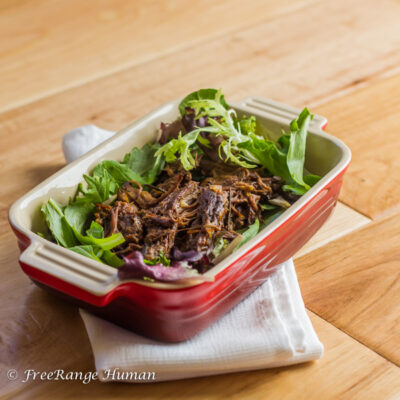
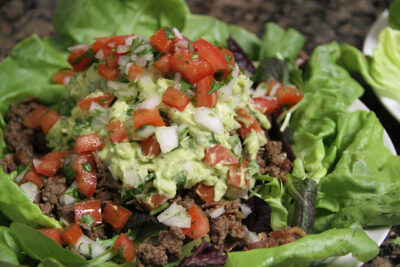

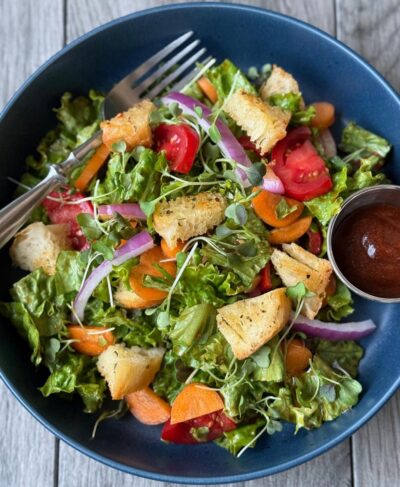
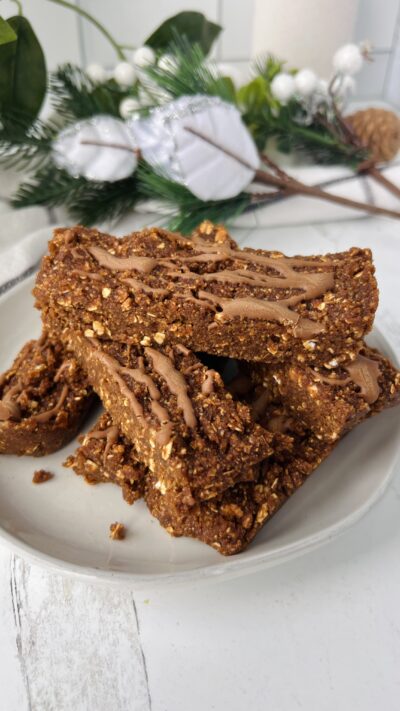






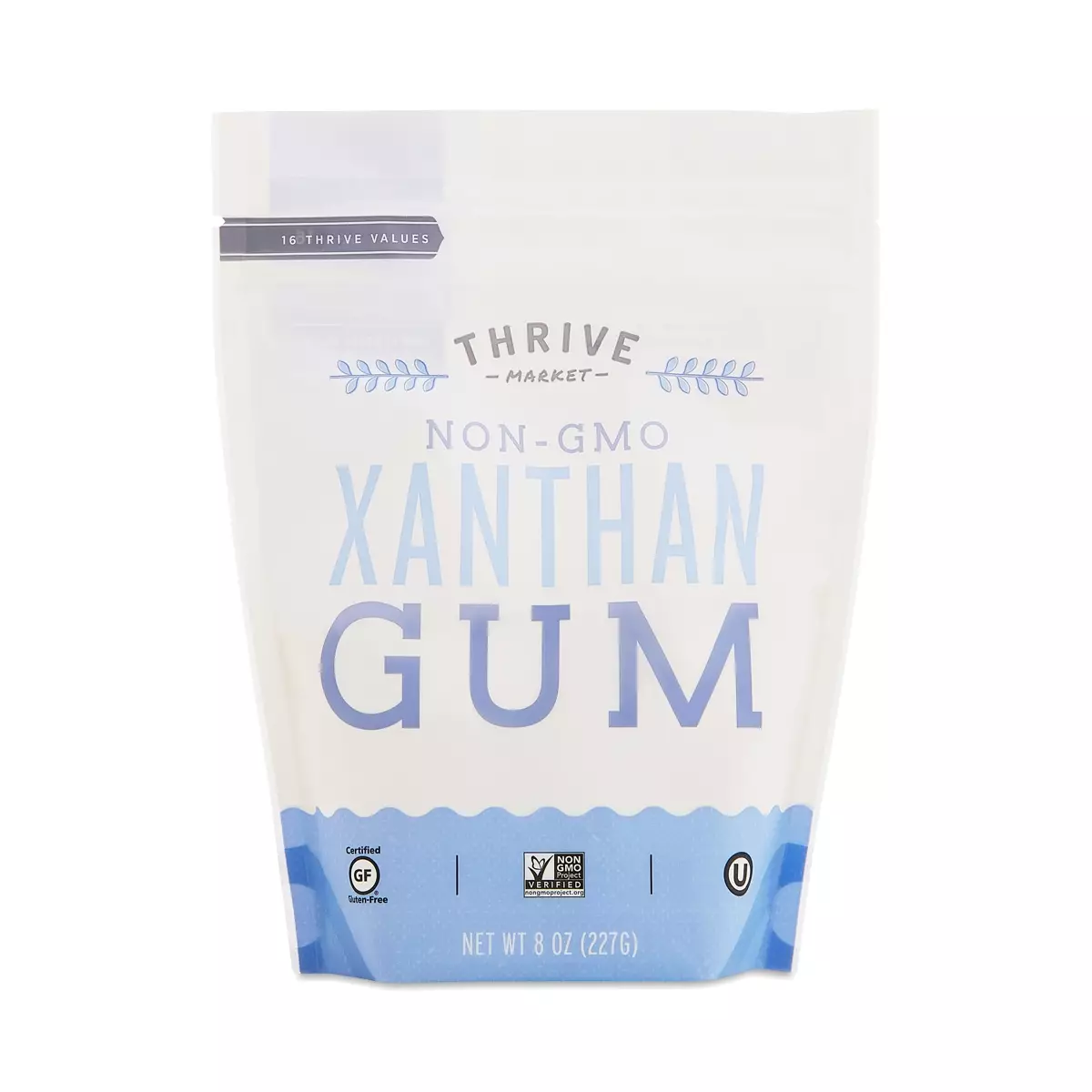
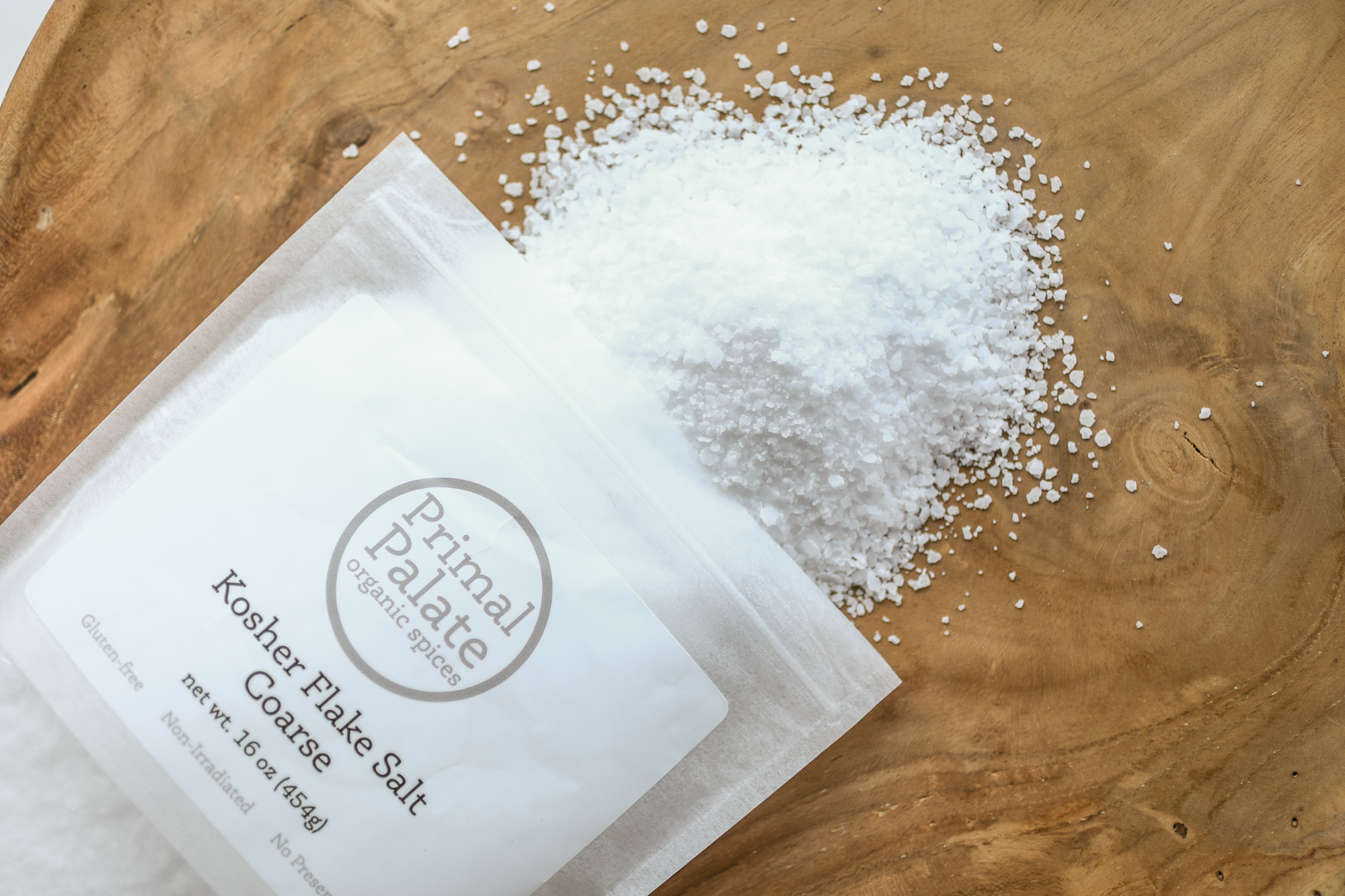


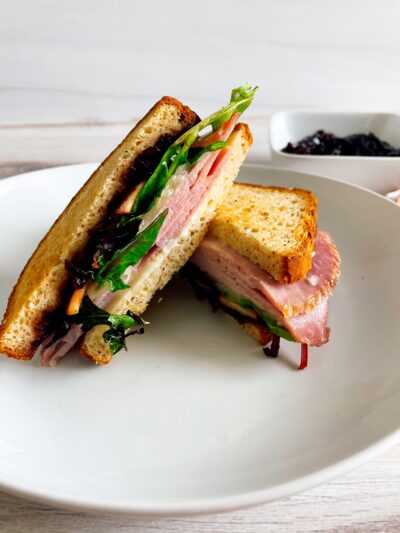


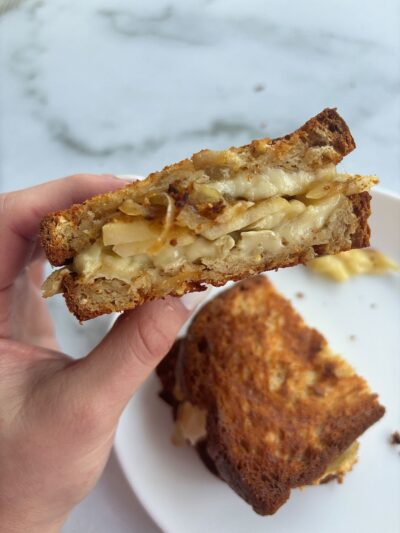

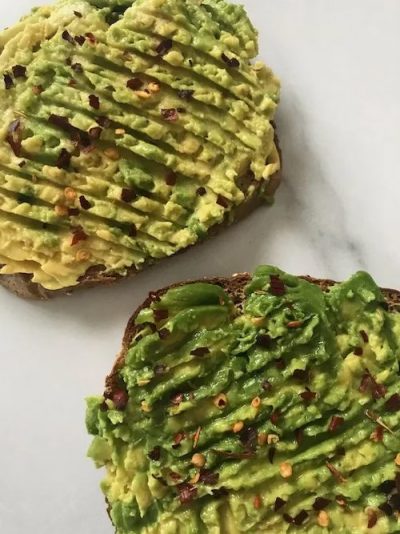
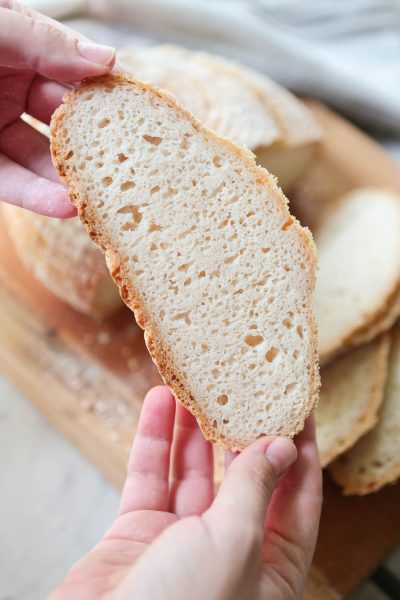
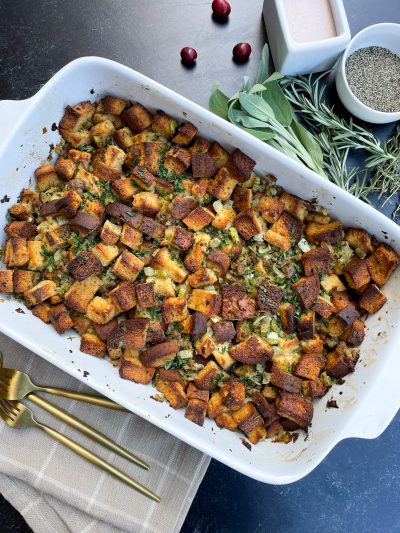
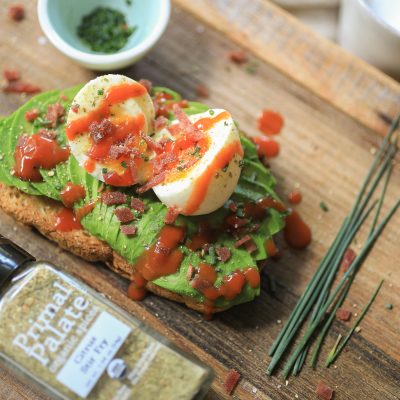



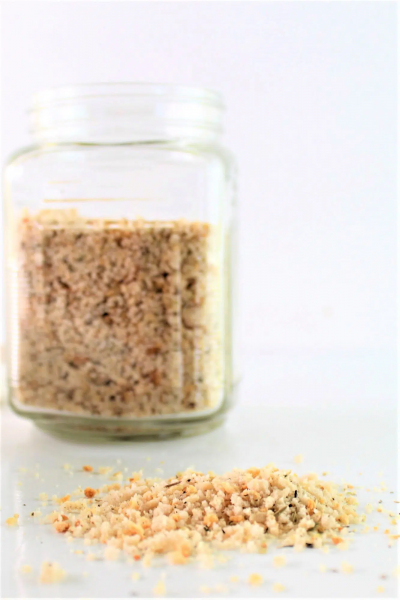
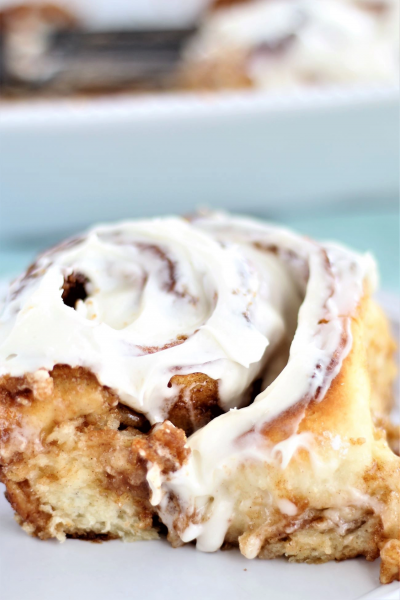

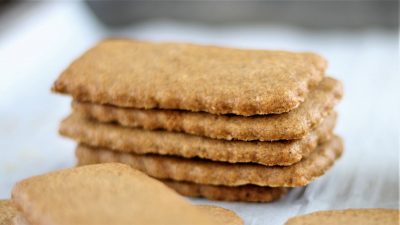
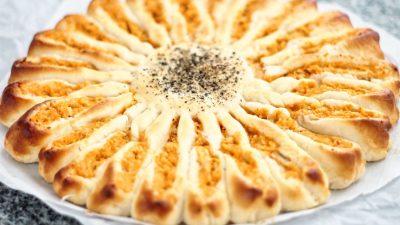

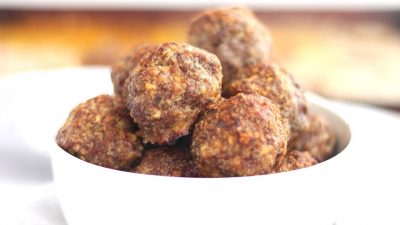
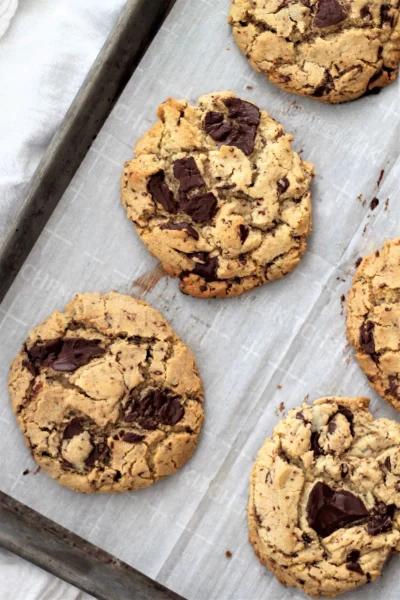
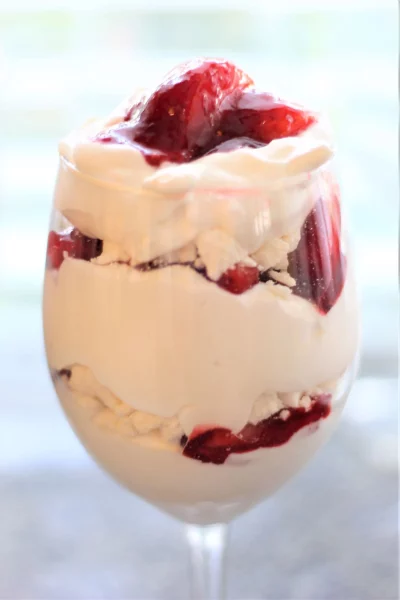


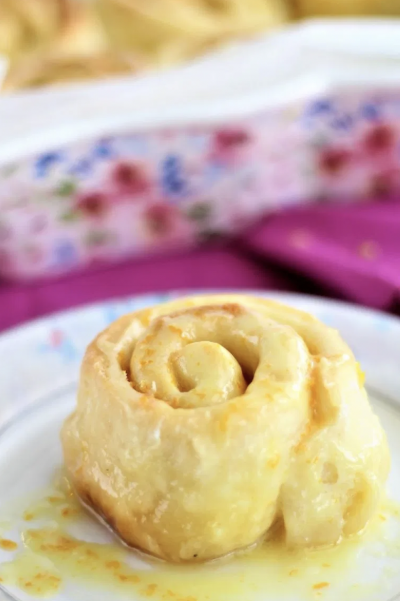

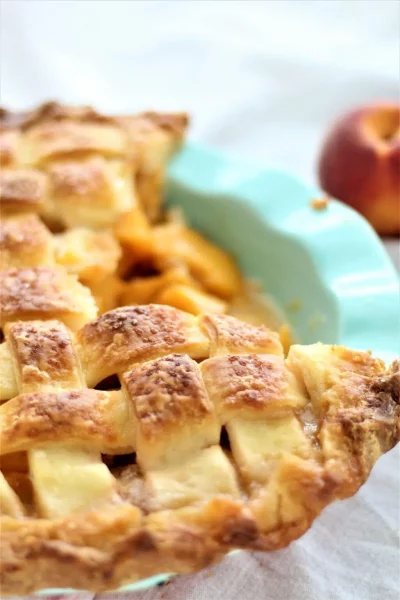
Leave a Reply
You must be logged in to post a comment.